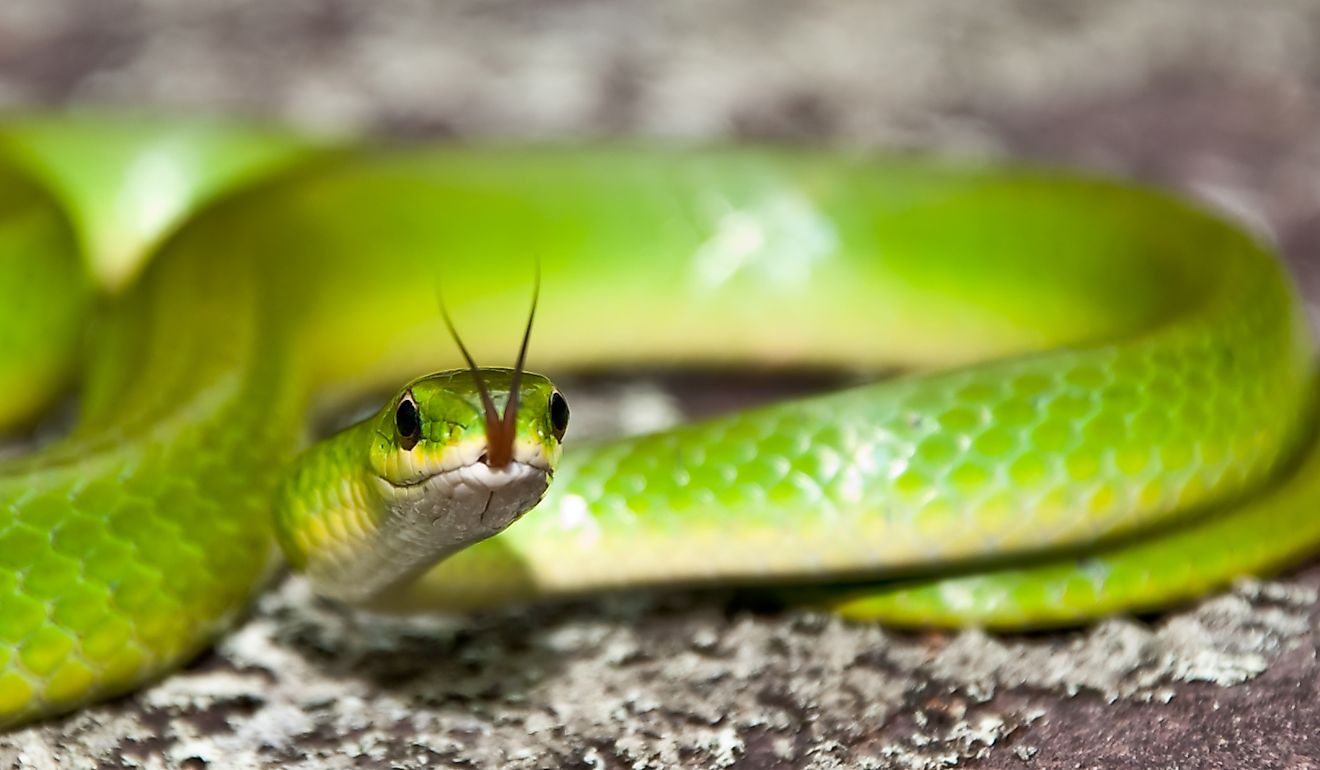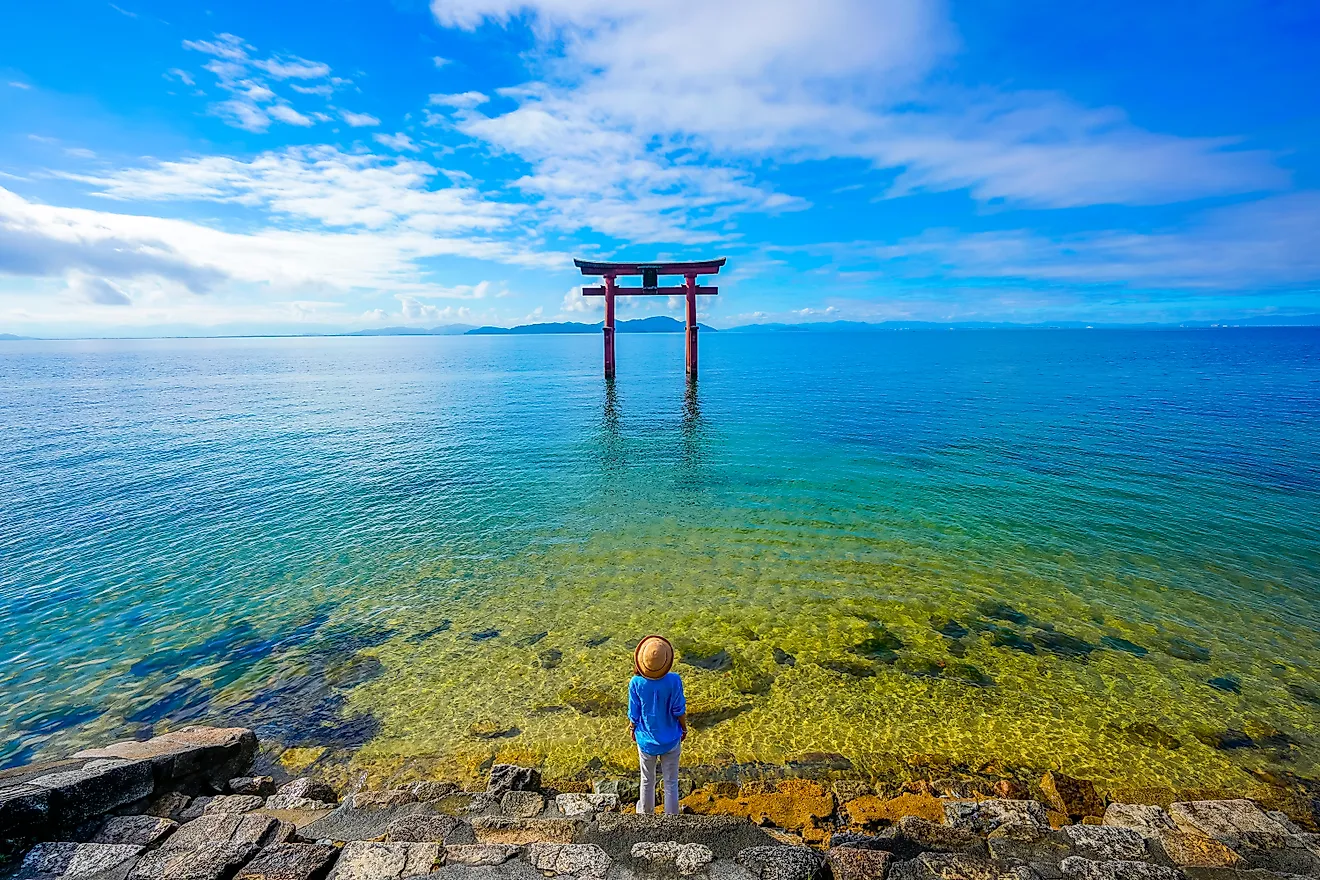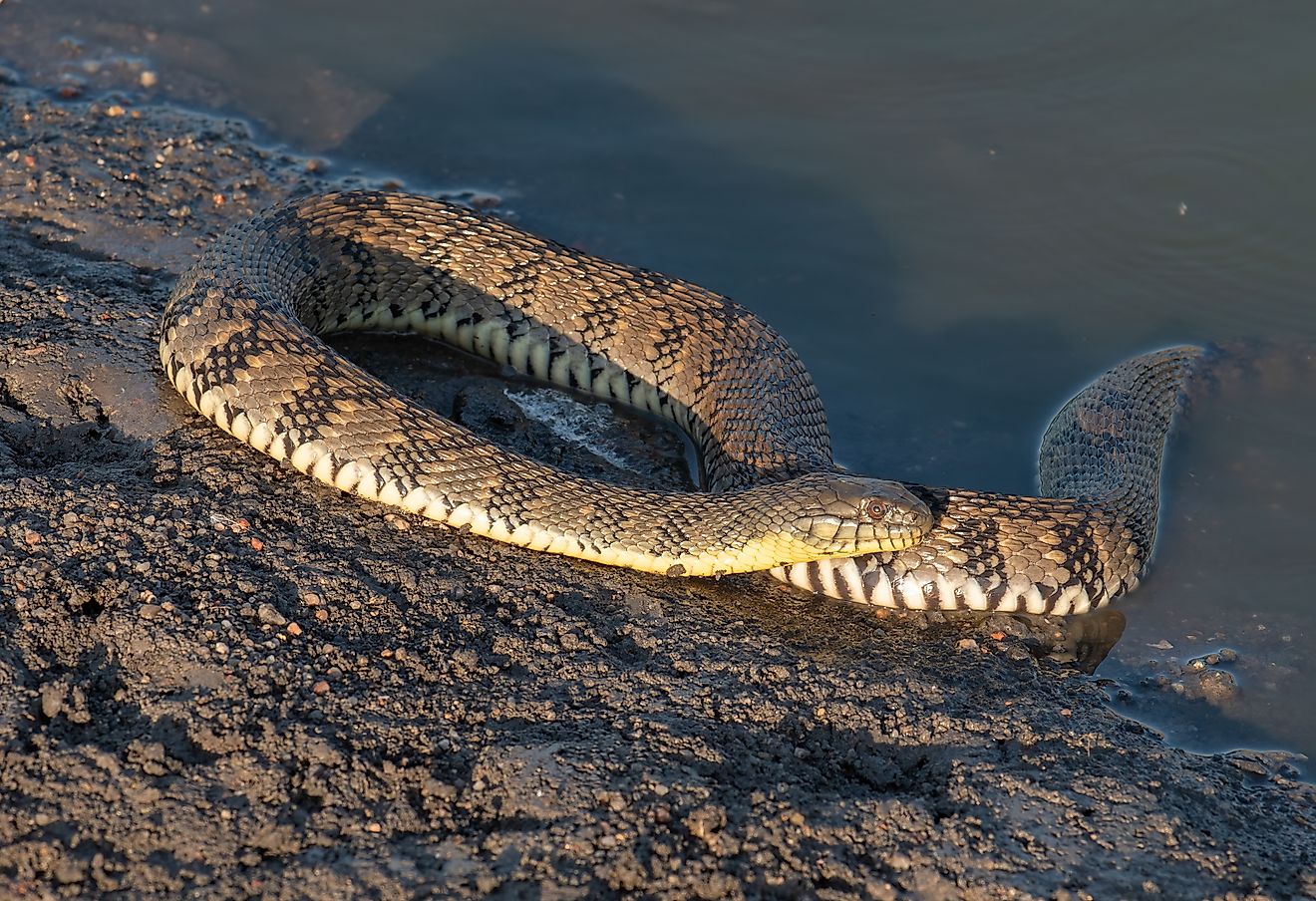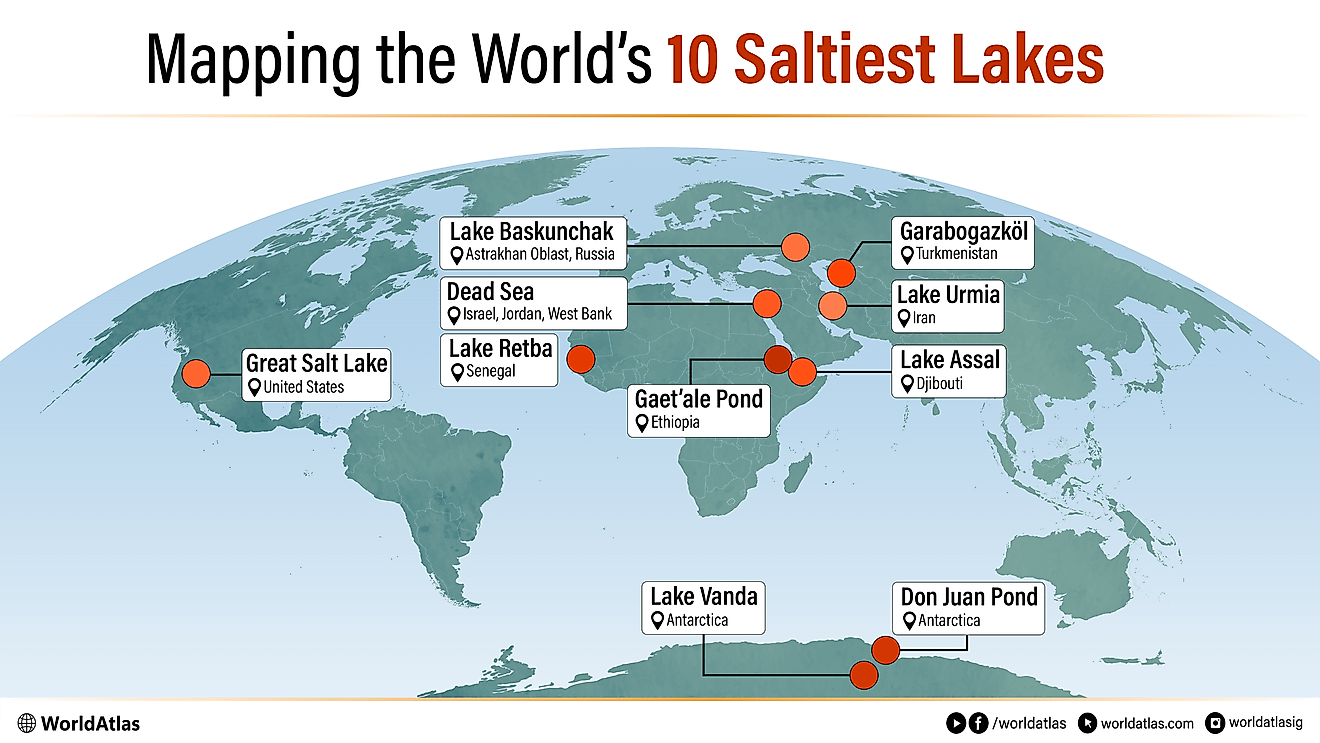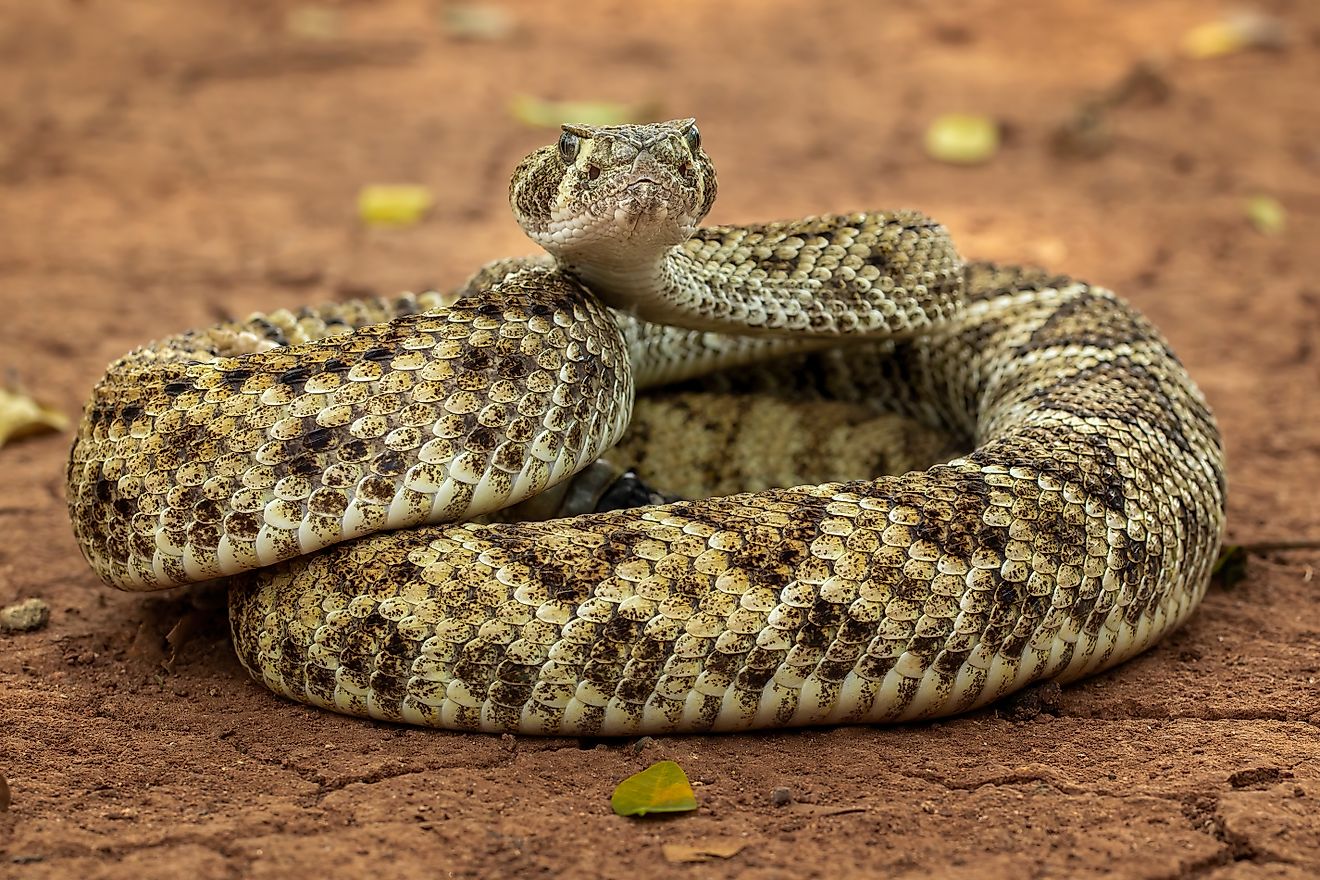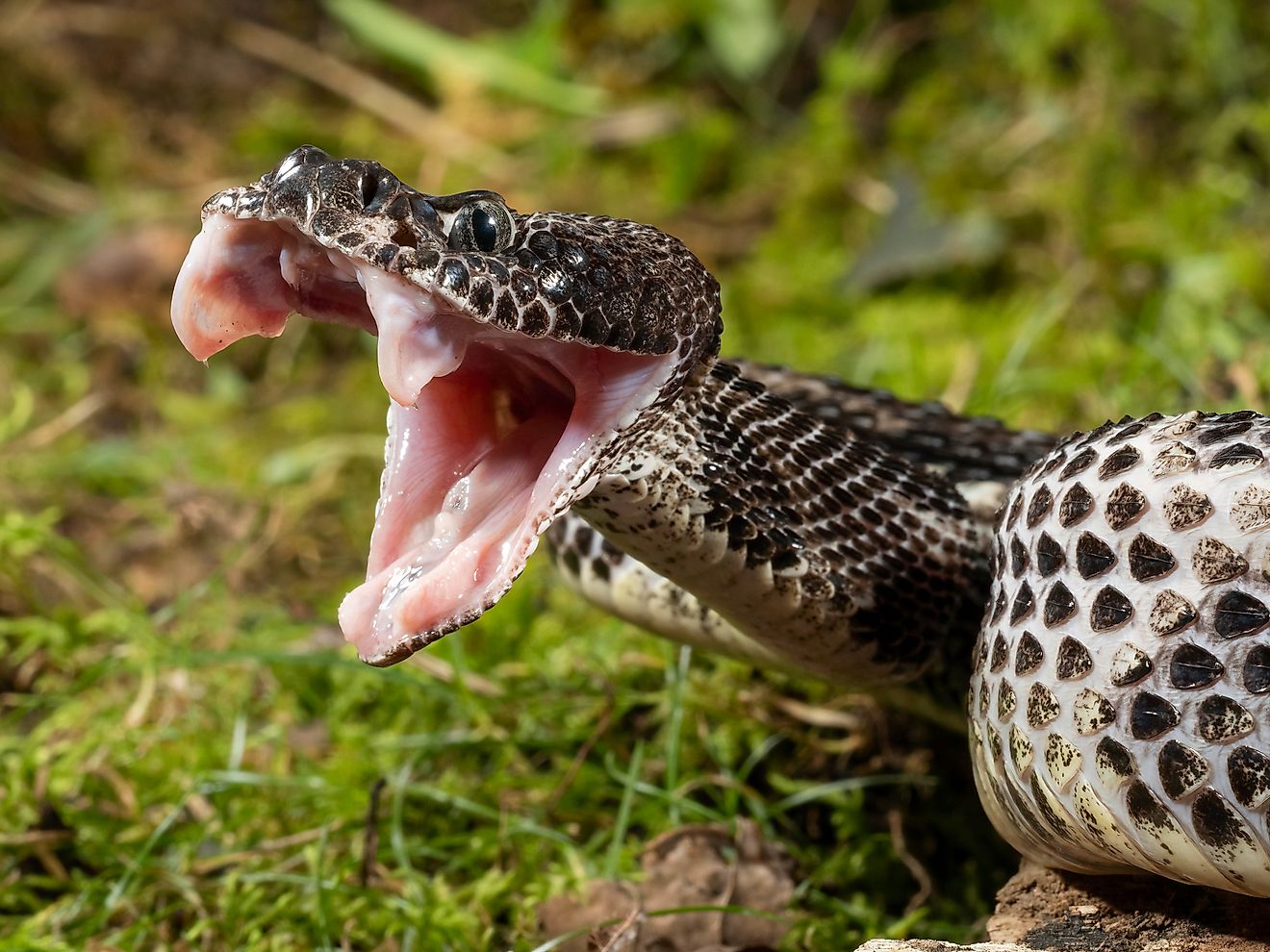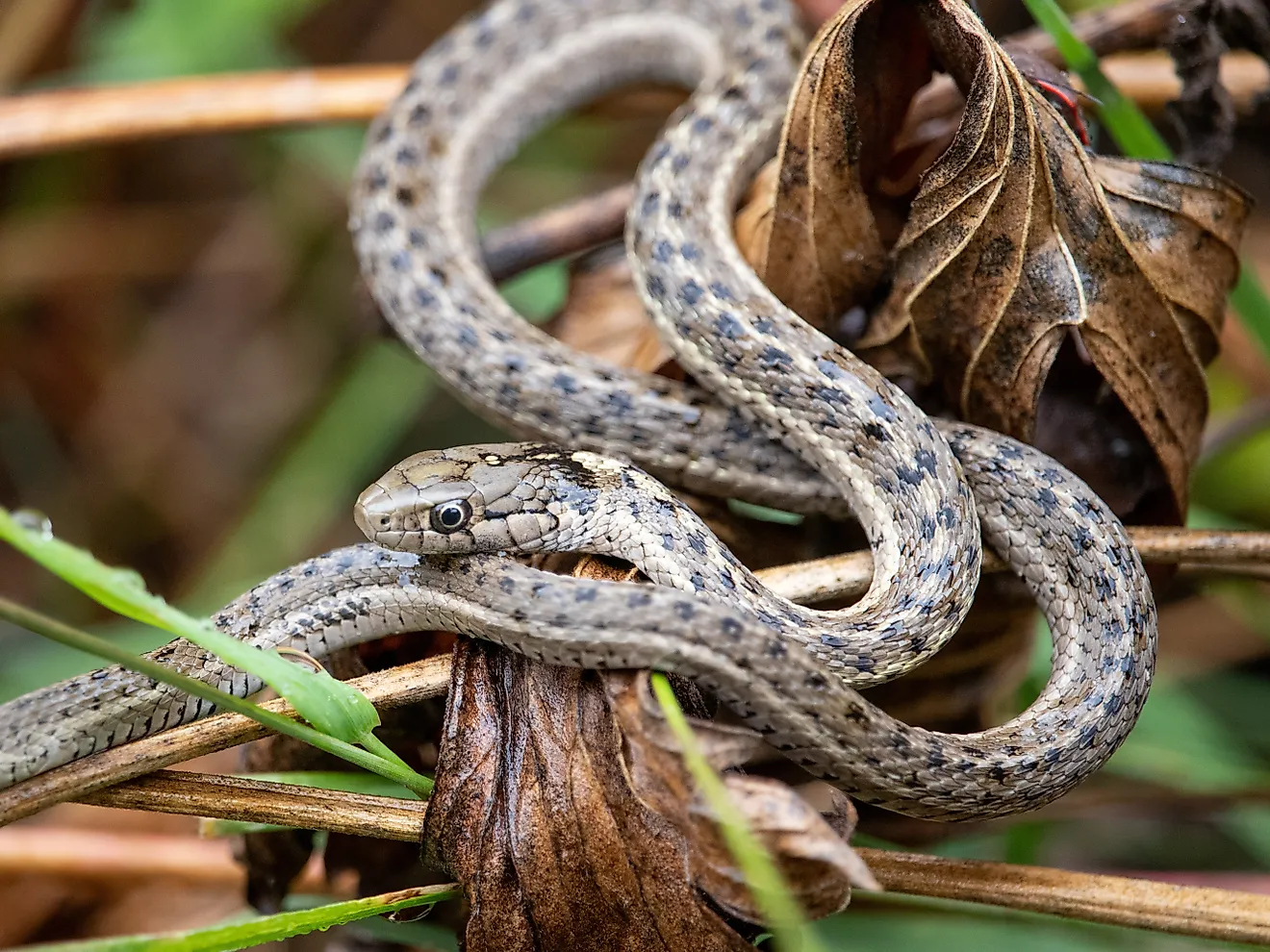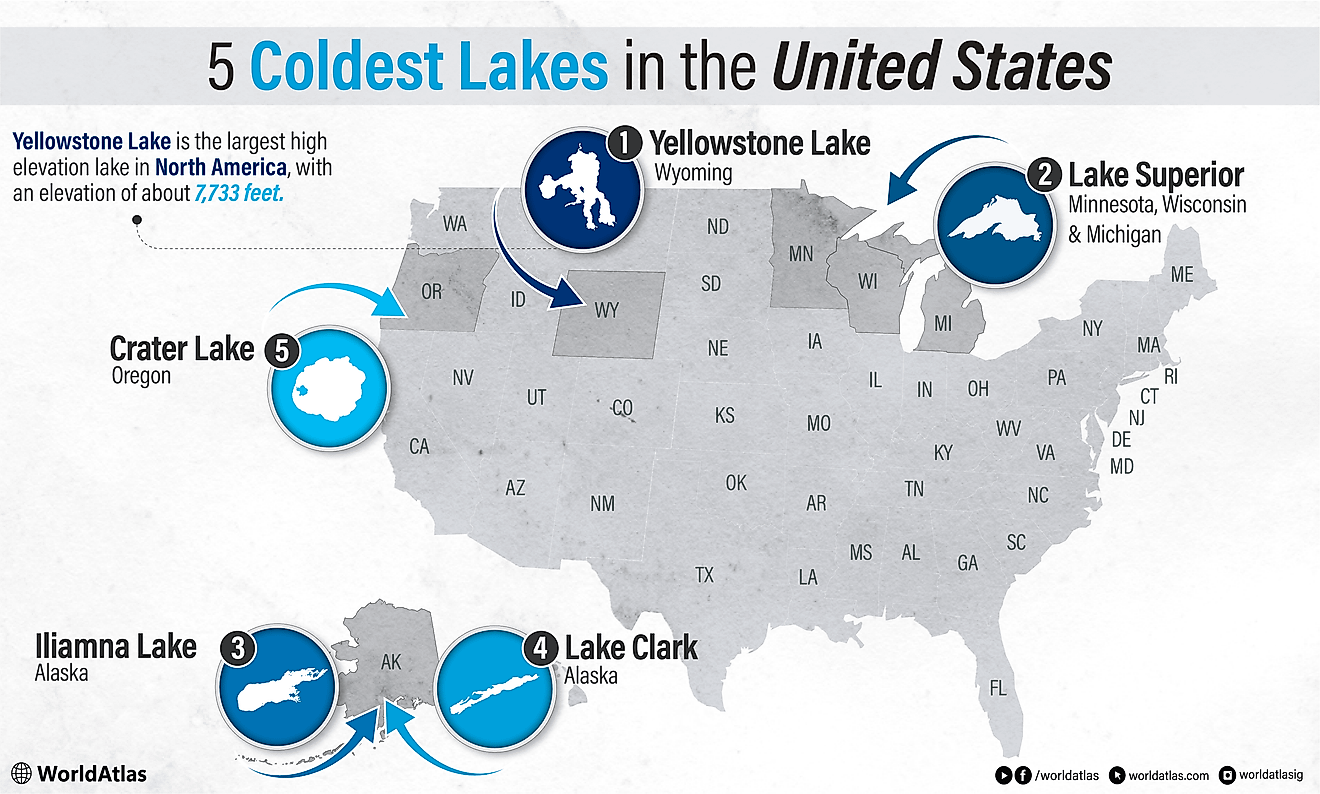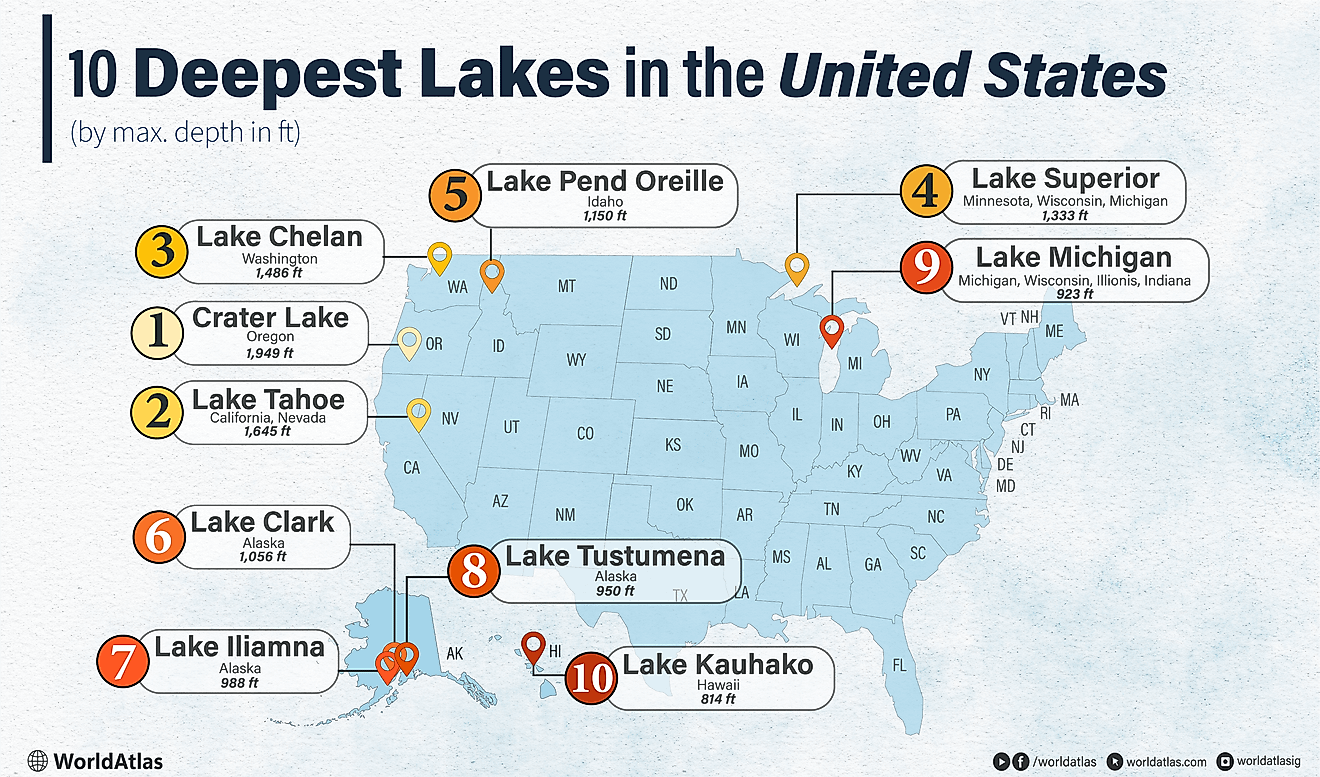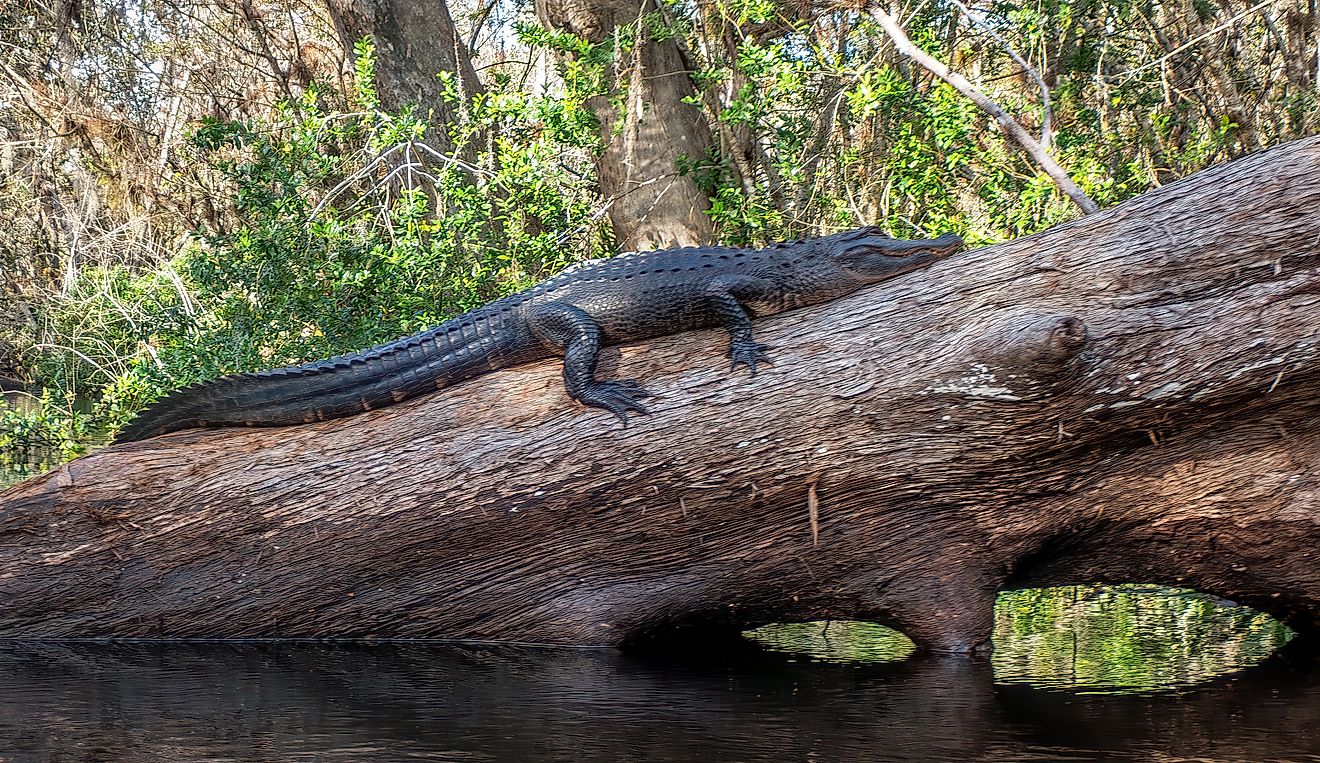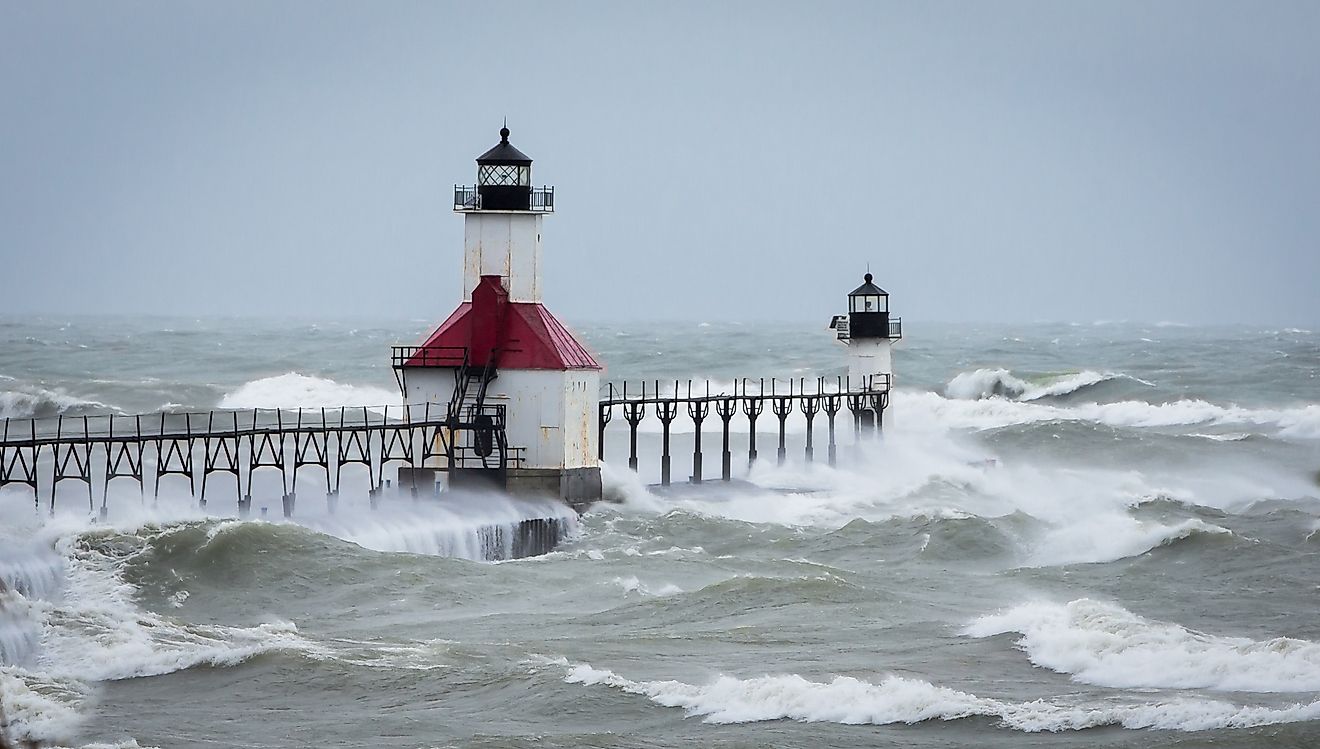
5 Most Snake-Filled Bodies Of Water In Washington
Washington State may not be the first place that comes to mind when thinking of snakes, but its highly varied geography, from dry desert canyons to lush river valleys, creates good conditions for several native species. While most are harmless, including garter snakes and racers, the state is also home to a significant population of western rattlesnakes, found mostly east of the Cascades.
Certain lakes, rivers, wetlands, and reservoirs draw these snakes in large numbers due to warm rocks, abundant prey, and dense vegetation to hide in. And for those venturing near the water’s edge, knowing which bodies of water are most snake-active can help with awareness, safety, and a better understanding of local ecosystems.
Yakima River
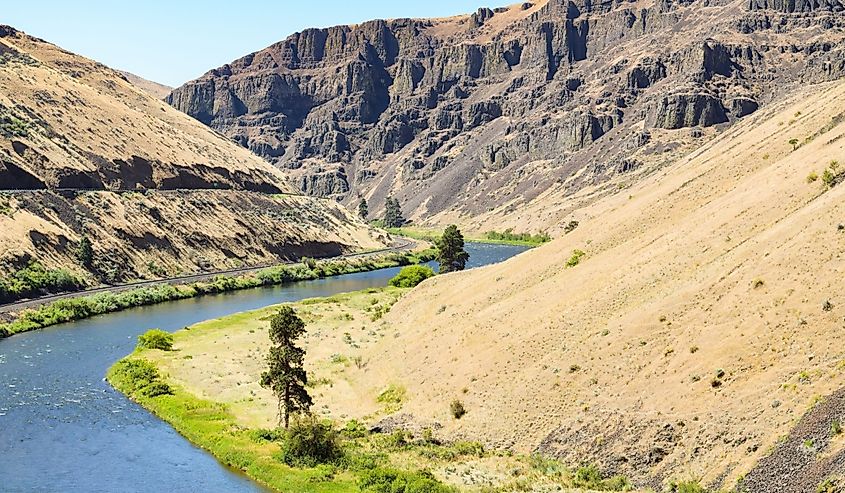
Stretching over 210 miles through south-central Washington, the Yakima River provides ideal habitat for a range of snake species. Its various side channels, rocky embankments, and surrounding shrub-steppe support significant populations of common garter snakes, racer snakes, common sharp-tailed snakes, and the more elusive western rattlesnake.
The upper reaches near Cle Elum tend to be cooler and less hospitable to reptiles, but lower sections, particularly between Ellensburg and Benton City, see frequent sightings in the warmer months. Lots of plant life, mixed with ample sunning spots along the banks, make this river corridor especially active in late spring and summer.
While none of these snakes are necessarily aggressive without provocation, you should use caution when fishing, hiking, or launching watercraft, particularly in areas with thick underbrush or rocky outcrops.
Snake River
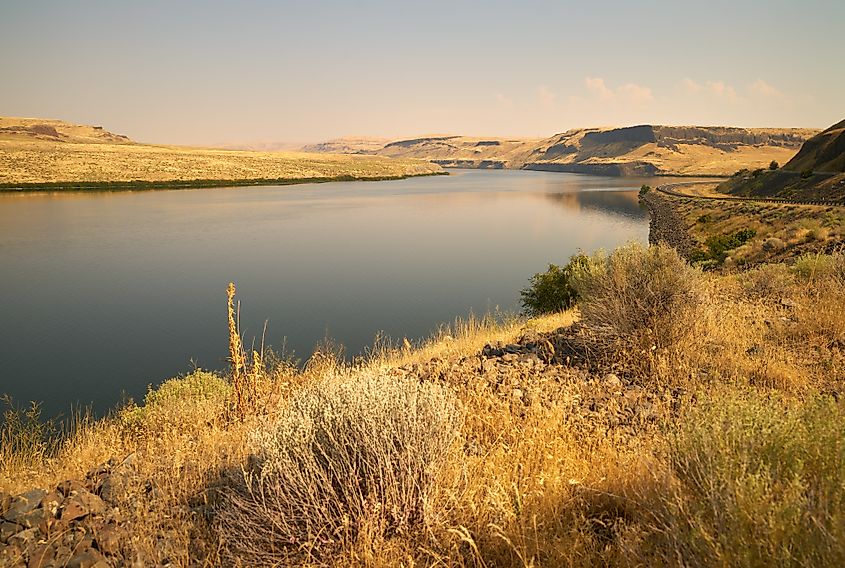
Though it only cuts through a portion of southeastern Washington, the Snake River lives up to its name. The dry, rocky canyons flanking the river, especially near the towns of Asotin and Clarkston, are home to a substantial population of western rattlesnakes. Garter snakes and racers are also common along the river’s banks, especially where vegetation meets sun-warmed rock.
The landscape here creates excellent basking and hunting conditions, particularly in summer when snakes in the Pacific Northwest are generally most active. Rafters and anglers often encounter snakes near driftwood piles, exposed slopes, and isolated coves along the riverside.
While human-snake encounters are rarely dangerous in Washington, it is again advisable to stay alert when stepping through brush or accessing the riverbank, especially in remote sections of Hells Canyon and its surrounding tributaries.
Columbia River
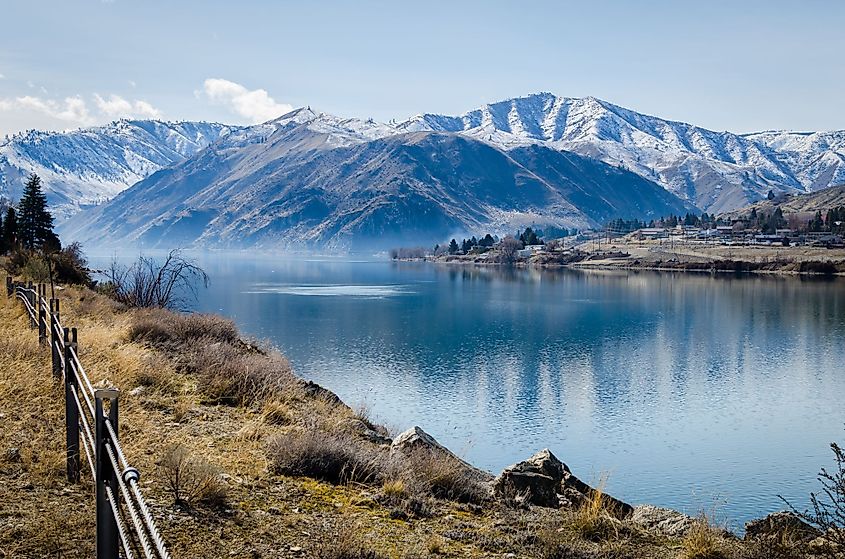
In the arid stretch of the Columbia River near the Tri-Cities, which includes Kennewick, Pasco, and Richland, snake activity is usually higher than in the cooler, forested parts of the state. The surrounding landscape of basalt cliffs and sagebrush plains creates prime habitat for multiple species, allowing them to both hunt and hide with ease.
Like many parts of Washington, the common garter snake, the fast-moving racer, and the western rattlesnake are mainstays in the region. There are populations of gopher snakes, night snakes, and california mountain snakes as well.
Islands and coves along the river, particularly near Bateman Island and Chamna Natural Preserve, also offer sun-exposed terrain where both snakes and lizards can be seen, the former commonly hunting amphibians and small mammals in these areas.
Lake Chelan
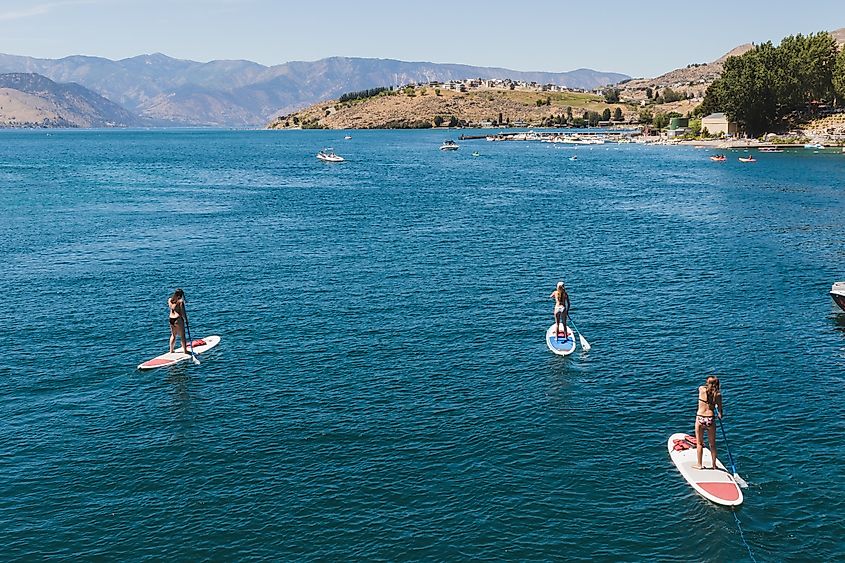
Lake Chelan is a hugely popular vacation destination in Washington, as well as an important habitat for all sorts of diverse flora and fauna. The area’s dry hillsides, scattered boulders, and brushy ravines are especially favorable for gopher snakes, garter snakes, and even some western rattlesnakes.
Snake sightings are more common away from the steep, forested northern reaches and closer to sunbaked trails and undeveloped shoreline. Moreover, the Chelan Butte area and sections of Lake Chelan State Park are known spots for encounters, especially in late spring and summer.
Like always, you should take care when hiking, picnicking, or walking near the lake's rocky ledges, as snakes may be resting or hunting in shaded crevices during the heat of the day.
Rattlesnake Lake
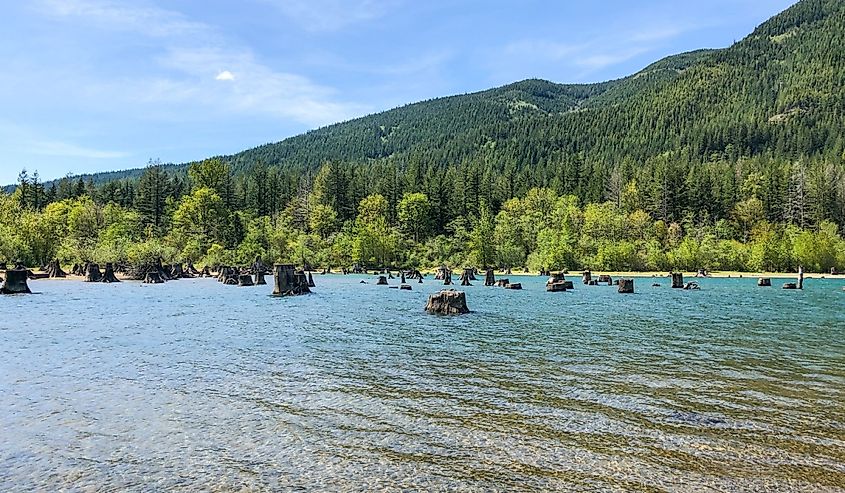
Despite its name, Rattlesnake Lake in King County is not a hotspot for rattlesnakes, but it does support a notable population of other, non-venomous snakes. Located near the city of North Bend, the lake’s marshy edges and forested trails are territory for common garter snakes, mostly.
The nearby Rattlesnake Ledge Trail passes through damp underbrush and rocky terrain where these harmless reptiles are often seen sunning themselves or searching for something to eat. Though the elevation and cooler temperatures at this spot limit the presence of more heat-dependent species like racers or rattlesnakes, the dense ground cover creates ample hiding spots for the garters that call the place home.
Understand Washington's Snake Populations
Snakes clearly play a vital role in Washington’s diverse ecosystems, helping control rodent populations, for example, and serving as prey for larger predators. While their presence around certain lakes and rivers may be unsettling to some, most species here are non-aggressive and avoid human contact when possible. So, learning to identify their habitats and recognizing when and where they are most active can make outdoor exploration safer and more informed.
Whether hiking through desert landscapes, kayaking along brushy shorelines, or mountain climbing in the Cascades, awareness of all wildlife is key. With that in mind, Washington’s waterways may shelter more snakes than expected, but with caution and respect, they can be shared without incident.
